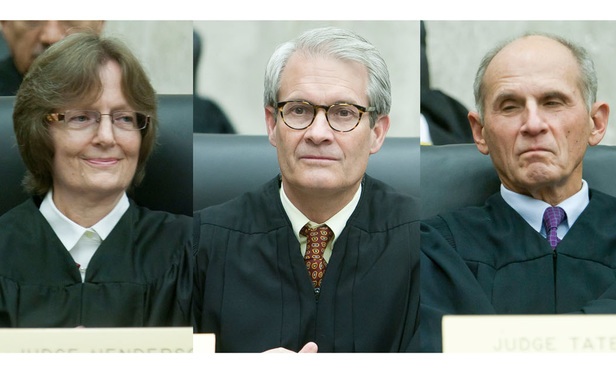White Judges Rule that White Cops who Shot Black Teen "Posing No Threat" - Entitled to Immunity against Excessive Force Claims

From [HERE] White Deputy marshals who shot at a Black 16-year-old boy they thought might be driving a stolen car are immune against excessive-force claims, white judges in a federal appeals court in Washington ruled last Friday.
Judge David Tatel of the U.S. Court of Appeals for the D.C. Circuit, who wrote the opinion, warned that law enforcement officers shouldn’t interpret the ruling as giving them the green light to open fire on any fleeing motorist. He wrote:
In reaching this conclusion, we emphasize that nothing in this opinion should be read to suggest that qualified immunity will shield from liability every law enforcement officer in this circuit who fires on a fleeing motorist out of asserted concern for other officers and bystanders. Outside the context of a “dangerous high-speed car chase” … deadly force, as the Supreme Court made clear in Garner … ordinarily may not be used to apprehend a fleeing suspect who poses no immediate threat to others—whether or not the suspect is behind the wheel.
Police departments nationwide have been revisiting policies governing when officers can open fire on a moving vehicle, according to a recent report in The Wall Street Journal. These types of shootings can be high-risk and put the suspect, bystanders and officers in danger, the paper reported.
During the 2007 incident, the teen, Michael Fenwick, got into the car after officers approached and asked to speak with him, according to the ruling. Fenwick and the marshals disagreed about what happened next. The marshals said they opened fire after Fenwick backed up and then drove forward toward the deputies, clipping one of them with a side mirror. Fenwick claimed the marshals didn't make it clear they wanted him to stop and talk to them and that they began firing before he moved the car forward.
Fenwick was struck by four bullets but survived. He was charged with felony assault on a police officer. A D.C. Superior Court judge found Fenwick committed an armed assault on the officer who was struck by the mirror—the vehicle was the weapon.
Fenwick filed a civil lawsuit against the marshals, claiming they violated the Fourth Amendment by using deadly force against him under the circumstances. The marshals appealed to the D.C. Circuit after a federal district judge rejected arguments that they were immune against Fenwick’s claims.
The appeals court acknowledged that Fenwick didn’t pose an immediate threat at the time of the shooting to the officers or bystanders. Tatel compared the situation to a previous case in which officers opened fire “only after the suspect placed in peril the lives of dozens of innocent civilians during his 100-miles-per-hour flight and only after they sought to end the chase through nonlethal means.”
The standard then became whether the officers violated “clearly established law” in opening fire.
Tatel wrote that because the Superior Court judge found Fenwick was operating the car in a way that put one of the officers in danger—and in an area that had pedestrian and other vehicle traffic—it wasn’t clear that the officers violated the Fourth Amendment by using deadly force in that situation.
Fenwick’s lawyer, D.C. solo practitioner David Shurtz, said his client was “exceedingly disappointed in the ruling.”
“It is absolutely clear to my mind based on the video analysis of an expert who is the chief consultant to the International Association of Chiefs of Police that Fenwick was fired upon while he was backing up. The first shot was not fired when he went forward as defendants indicate," Shurtz said. "The judges’ decision based on collateral estoppel that Fenwick was shot as a result of driving forward which contradicts the facts."
A spokesman for the U.S. attorney’s office declined to comment on the ruling.
Judges Karen LeCraft Henderson and Thomas Griffith also heard the case. Henderson wrote a concurring opinion.